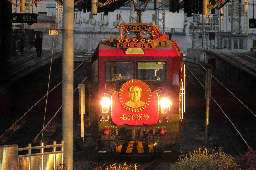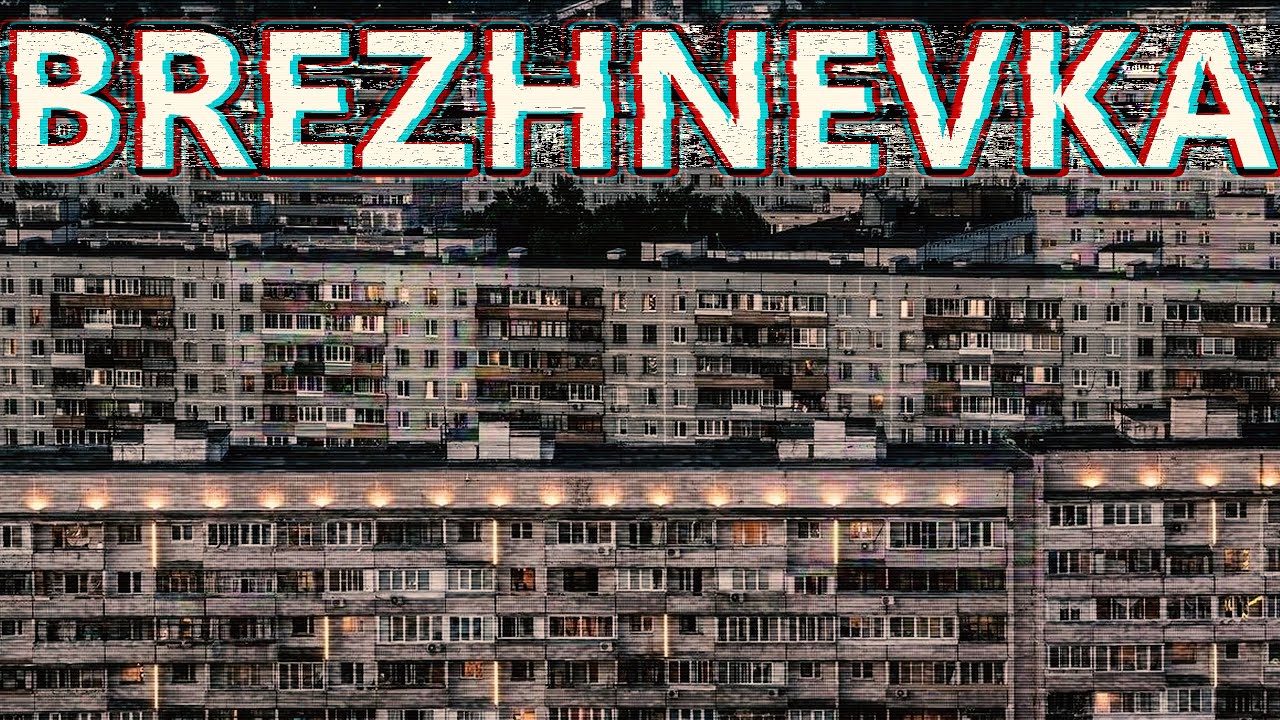You always liked gray colors? You love panels? Khrushchyovka is your favourite building of all time? Fear not, I present to you the ADVANCED version of Khrushchyovka, still gray and ugly, but now it can be up to 25 stories and up to a kilometer long. When Leonid Brezhnev came to power, he decided to build on the work of his predecessor and continue to erect identical panel houses on the whole territory of the Soviet Union. Nowadays a panel Brezhnevka is the most common type of building you can find in Russia. Let's talk about them and about how they were about to build a whole culture of doomers around themselves.
00:00 - Brezhnevka as a background of our everyday life
04:55 - Khrushchyovka and Brezhnevka - are there any differences?
07:13 - Common problems with Brezhnevkas
10:25 - Different types of Brezhnevkas
"Brezhnevki" (colloquial, by analogy with Stalinkas and Khrushchevkas) is the name of the series of houses built in the Soviet Union from the mid-1960s to the late 1980s, mostly during the era of Leonid Brezhnev. In the late 1950s, ‘One flat per family’ became, by decree, a priority for the communist party and its first secretary, Nikita Khrushchev. Leonid Brezhnev, who came after Khrushchev, disagreed with him on many things. But still decided to continue the practice of building low-cost residential panel buildings on a grand scale. The early "Brezhnevkas" are basically the same Khrushchevkas, made of the same panel blocks, only higher. While Khrushchev buildings had a maximum of 5 stories, under Brezhnev they began to build houses of 9 stories and higher. Buildings were constructed panel by panel out of standard elements manufactured by the factories, The panels would then be transported from the house factories (usually located near the construction sites of the new districts) and assembled in situ. The reason for the launch of the Brezhnevkas was the growth of the population's complaints about the quality of housing in USSR. The delight of getting their own "Khrushchevka" flat gradually dissipated, and eventually a compromise was found - the "Brezhnevka". In fact, "Brezhnevka" is the arithmetic average of two diametrically opposed principles and objectives of urban development: "deteriorated Stalinka" or "improved Khrushchevka". Upgraded variants of the systems developed in the former USSR are still in use, housing millions of urbanites to this day.
Hey there. Somehow you found my video and decided to watch it. So let me introduce myself. I'm Sergei and I'm from Russia. My channel is about my native country. I want to tell English-speaking viewers about the real Russia, about its past and present. Unfortunately, you can find a lot of propaganda about Russia on the Internet, both from the Russian media and from the Western ones. I want to tell you about Russia, as it really is, the country in which I was born, grew up, and lived all my life.
Starting around 10:50- https://youtu.be/NC8mME1-GR4?t=644
I really like the urban forest. My US city is about as good as it gets with its urban forest, maybe 10% more trees than these photos, but the low-density development means it sprawls out to develop more unaffordable single-family housing. Developing outward here either destroys prime agricultural land or builds into endangered ecosystems that have a huge fire risk. In the Soviet examples I can't speak to the biodiversity of what they're planting and it's still a very 20th century kind of ornamental landscaping, but look at that ratio of housing units versus green space. That's what immediately stood out to me about Bucharest as my first exposure to socialist urbanism. Normal people were surrounded by parks and trees connected by robust public transit systems, and it was affordable in the capital city even with two decades of post-socialist decay. Here our development is capped by water availability anyway, so a modernised version of this would have a fraction of the footprint of our development while being an absolute paradise of networked parks and promenades. So many of our local issues would be fixed overnight if they built one of those in the urban core and then developed pedestrian/mass transit infrastructure around it.
I found a YouTube link in your comment. Here are links to the same video on alternative frontends that protect your privacy:
I found a YouTube link in your post. Here are links to the same video on alternative frontends that protect your privacy:


